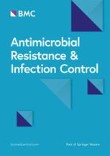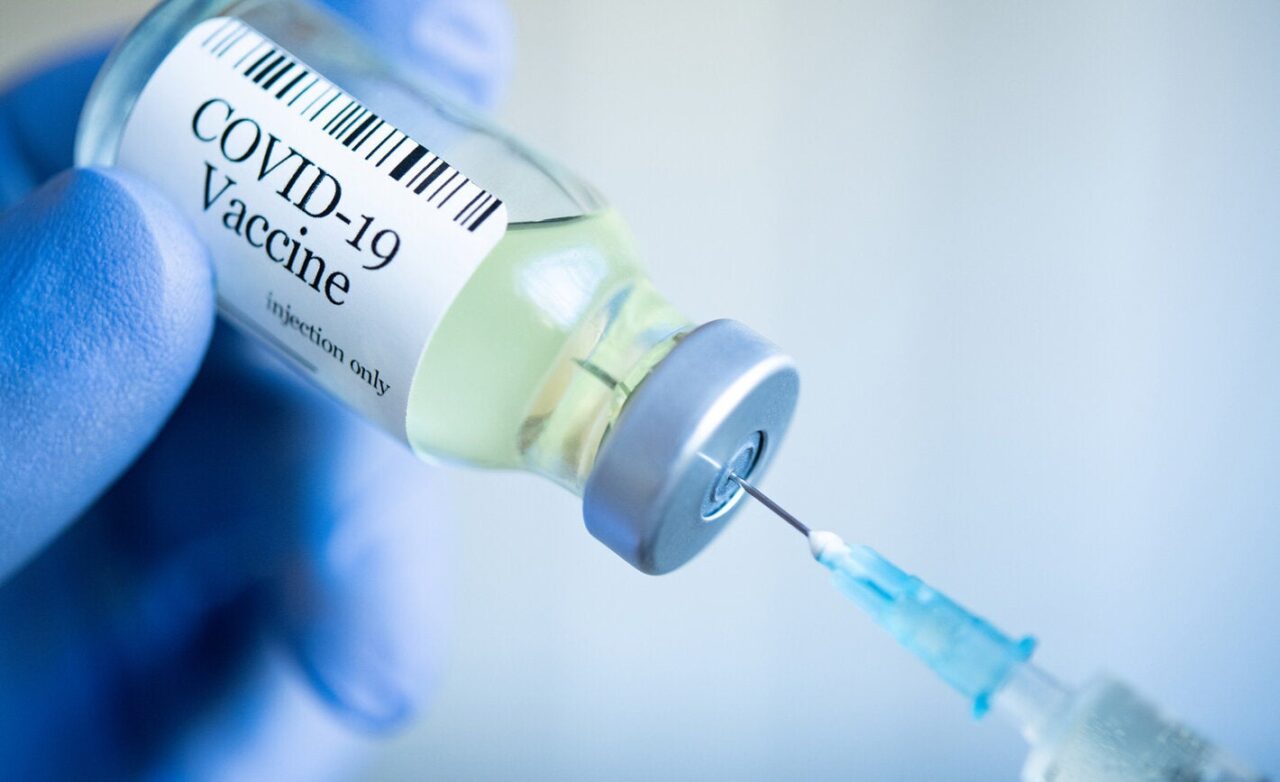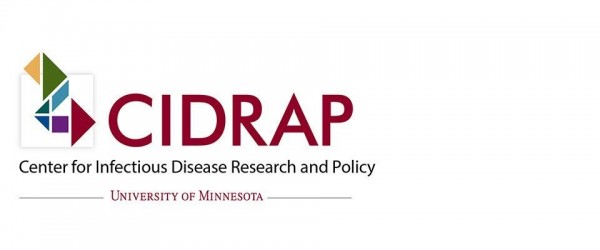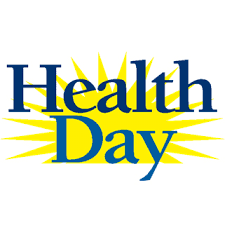Study: Clean paper towels match or exceed sterile options in surgical hand antisepsis

Editor's Note A study published July 9 in the American Journal of Infection Control found that clean paper towels are as effective—and in some cases more efficient—than sterile alternatives for surgical hand antisepsis. The results support their use as a cost-saving and safe alternative to sterile hand-drying products in surgical…
Study: Crowded OR boosts likelihood of airborne bacterial contamination during sterile prep

Editor's Note Reducing the number of OR personnel during preparation of sterile surgical goods significantly lowers airborne bacterial contamination, according to a randomized controlled trial published June 15 in Antimicrobial Resistance & Infection Control. The study measured contamination levels during sterile setup for 69 open-heart surgeries, comparing rooms with two…
Amid outbreaks, vaccine policy shifts, experts offer practical strategies to safeguard OR staff

Vaccine health has been dominating the news amid ongoing measles and whooping cough outbreaks and high influenza activity last season. It is also on the minds of The Joint Commission surveyors, as the organization has updated infection control standards that took effect in July 2024 for hospitals and critical access…
Study highlights surgical slush sterility, heart health risks

Editor's Note Researchers studying the exposure of sterile surgical slush to open air urge the adoption of closed-system technology to alleviate risks to sterility and surgical outcomes, according to a May 19 article in OR today. The article focuses on a time and motion study led by perioperative nursing leaders…
Ice machines spread Legionella in hospital oncology unit, prompting testing overhaul

Editor's Note Legionalla contaminated a hospital ice machine and likely infected an oncology patient through aspirated ice chips, according to an April 30 report in Healio. Presented in a study at The Society for Healthcare Epidemiology of America (SHEA), the incident prompted immediate changes to water testing protocols at AdventHealth,…
Scientists question NIH's $500M bet on old vaccine technology

Editor's Note The NIH’s $500 million investment in developing whole killed virus vaccines has drawn criticism from vaccine experts who argue the platform is outdated and lacks transparency, according to a May 3 report in STAT. As detailed in the article, scientists expressed concern that the project—led by NIH insiders…
Certification options abound for infection preventionists

Patient safety and regulatory compliance demand thoroughly vetting those tasked with preventing healthcare-associated infections. But which certification is the right fit? Those who are new to infection control have a wide range of options for verifying their newly acquired expertise. More seasoned infection preventionists (IPs) also have a number of…
Study: Prolonged COVID symptoms more likely for healthcare workers

Editor's Note Long COVID strikes healthcare and dental workers at far higher rates than the general population, according to an April 23 article from the Center for Infectious Disease Research and Policy (CIDRAP) at the University of Minnesota. As detailed in the article, two recent international studies reveal that 40%…
Bye-bye, SSI: Nurse-led decolonization protocol pays off

Imagine completely eliminating surgical site infections (SSIs) without significantly disrupting perioperative workflows. At Magic Valley Regional Medical Center (MVMC), a mid-sized community hospital in Twin Falls, Idaho, a nurse-led pilot project accomplished just that for breast and colorectal surgeries. As for other procedures, overall infection rates are down by nearly…
Study: Sleep-deprived nurses face higher infection risk

Editor's Note Nurses who don’t get enough sleep face a significantly higher risk of common infections, including colds, pneumonia, and bronchitis, according to a March 10 report from HealthDay. The article focuses on a study published in Chronobiology International finding that sleep debt—particularly among night shift nurses—weakens immune defenses, potentially…

 Free Daily News
Free Daily News